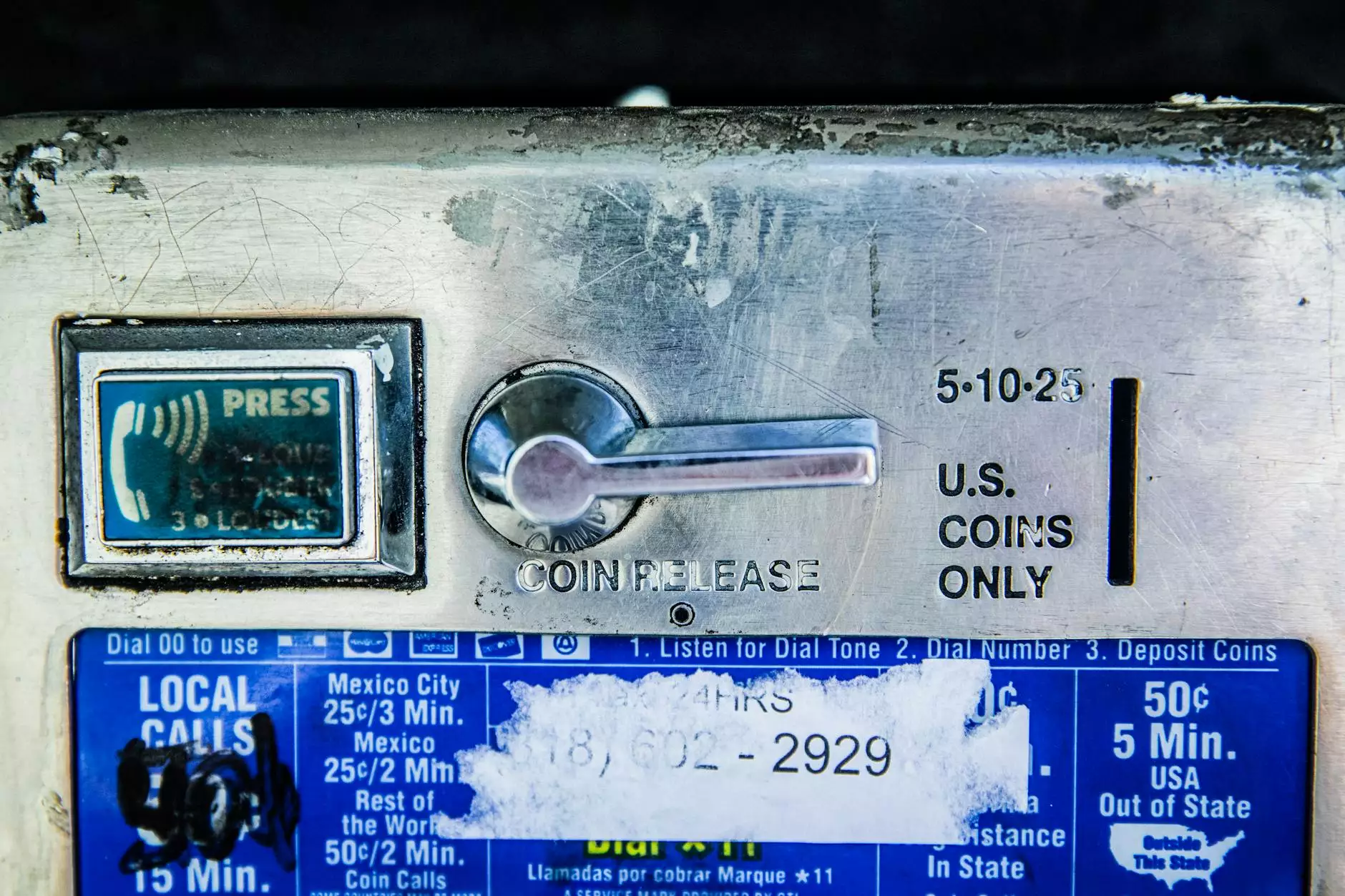Understanding the Parts of a Car Suspension System

The parts of a car suspension system play a crucial role in ensuring a smooth ride, maintaining vehicle stability, and providing safety during the operation of any automobile. The suspension system is not merely a collection of components; it's an engineering marvel that combines various parts to deliver an optimal driving experience. In this article, we'll delve into the intricacies of these components, their functions, and why they matter to drivers and vehicle enthusiasts alike.
What is a Car Suspension System?
The suspension system is a network of parts that connects a vehicle's body to its wheels, absorbing shocks and impacts while providing control over road handling. It has a multifaceted role that includes:
- Enhancing vehicle stability
- Improving ride comfort
- Ensuring consistent tire contact with the road
- Facilitating steering and braking without compromising safety
Key Components of a Car Suspension System
Understanding the parts of a car suspension system allows drivers to appreciate how each component contributes to overall vehicle performance. Let's explore the primary components and their functions in detail.
1. Springs
Springs are fundamental elements of any car suspension system. They absorb energy from bumps and uneven surfaces, thereby providing a cushion that minimizes the transfer of harshness to the vehicle's body. The two most common types of springs found in vehicles are:
- Coil Springs: These are spiral-shaped metal springs that compress and expand to absorb shock. They are widely used in most modern vehicles due to their ability to provide an optimal balance between ride comfort and support.
- Leaf Springs: More typical in heavier vehicles like trucks, these springs consist of multiple layers of metal that work together to support heavy loads while providing considerable shock absorption.
2. Shock Absorbers
Shock absorbers work in tandem with the springs to control the rate of spring compression and decompression. They dampen the oscillation of the springs to ensure a controlled ride. This component is vital for:
- Maintaining tire contact with the road
- Minimizing body roll during cornering
- Enhancing overall vehicle stability
3. Struts
Struts are essentially a combination of shock absorbers and structural support elements. They are a critical part of the suspension system, significantly influencing the vehicle's handling and ride characteristics. Struts provide:
- Support for the vehicle's weight
- Compression and rebound control
- Structural integrity that contributes to vehicle design
4. Control Arms
Control arms, also known as A-arms, are pivotal in linking the vehicle's frame to the wheel assembly. They allow for up and down movement while maintaining the wheel's position. The roles of control arms include:
- Providing stability and control during steering.
- Facilitating smooth vertical wheel motion.
- Withstanding lateral forces during cornering.
5. Sway Bars
Sway bars, also known as anti-roll bars, play an essential role in reducing body roll during sharp turns. By connecting opposite wheels, they distribute weight evenly and enhance cornering stability. Their benefits include:
- Improving handling characteristics.
- Ensuring balanced performance under varying load conditions.
- Enhancing overall driving safety.
6. Wheel Hubs
Wheel hubs are the central part of the wheel assembly that connects the wheel to the suspension system. They allow wheels to rotate smoothly and are crucial for stability and steering. Key functions of wheel hubs include:
- Providing a sturdy connection point for wheel bearings.
- Contributing to overall vehicle dynamics.
- Ensuring consistent alignment of the wheel with the vehicle body.
Importance of Each Part
Each part of the suspension system cooperates to create a harmonious balance between comfort, handling, and safety. A malfunction in any one of these components can lead to compromised vehicle performance, increased wear on tires, and may even pose safety risks. Consistent maintenance and timely replacement of worn-out parts can vastly improve a vehicle's driving experience.
Indicators of Suspension Problems
Recognizing issues with your car's suspension system is vital for maintaining safety and performance. Some common indicators that the parts of a car suspension system may require attention include:
- Excessive Bouncing: If the car bounces significantly after driving over bumps, the shock absorbers may be failing.
- Uneven Tire Wear: This can signify alignment issues due to worn suspension components.
- Pulling to One Side: This may indicate issues with the control arms or alignment within the suspension system.
- Difficulty Steering: Poor handling or looseness in steering may suggest problems with the struts or shocks.
Maintaining Your Suspension System
Regular maintenance ensures the longevity and performance of the parts of a car suspension system. Here are some essential maintenance tips:
- Regular Inspections: Check the suspension components during routine maintenance to catch wear and tear early.
- Address Warning Signs: Don't ignore any of the symptoms of suspension issues; prompt attention can prevent further damage.
- Maintain Proper Tire Pressure: This not only affects ride quality but also influences suspension performance.
Conclusion
Understanding the parts of a car suspension system and their functions is crucial for every vehicle owner. A well-maintained suspension system enhances ride comfort, ensures safety, and contributes to the overall driving experience. By maintaining the components of your suspension system, you not only ensure a smoother ride but also prolong the life of your vehicle. Remember to keep an eye out for warning signs and consult a professional for inspections and repairs. At 1autoparts.com, we offer a wide selection of high-quality suspension parts that meet industry standards. Prioritize your vehicle's performance today!









